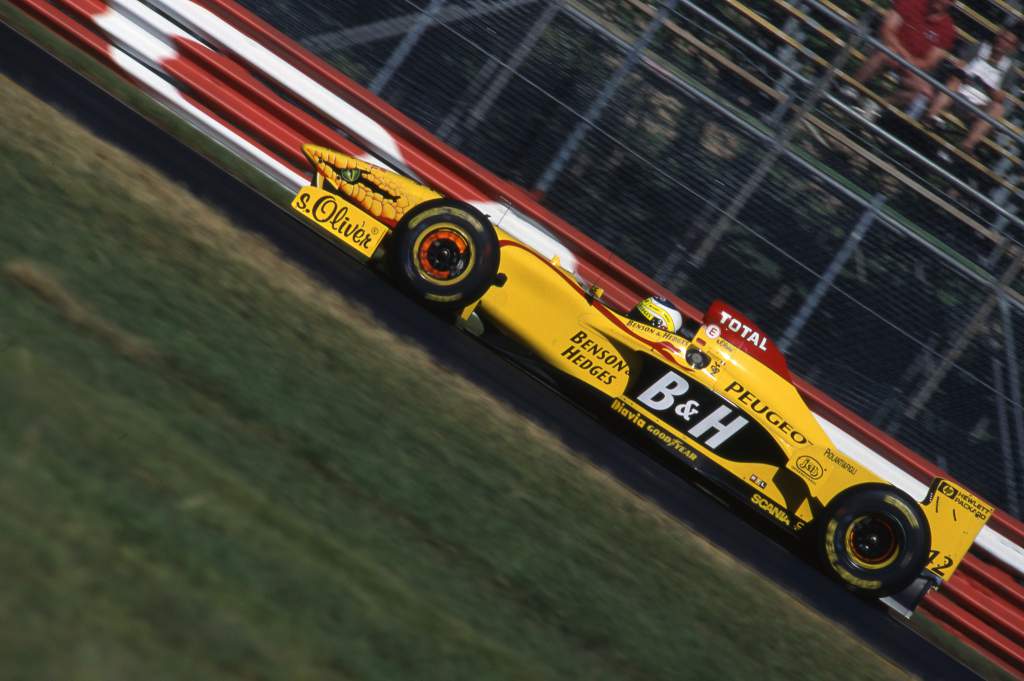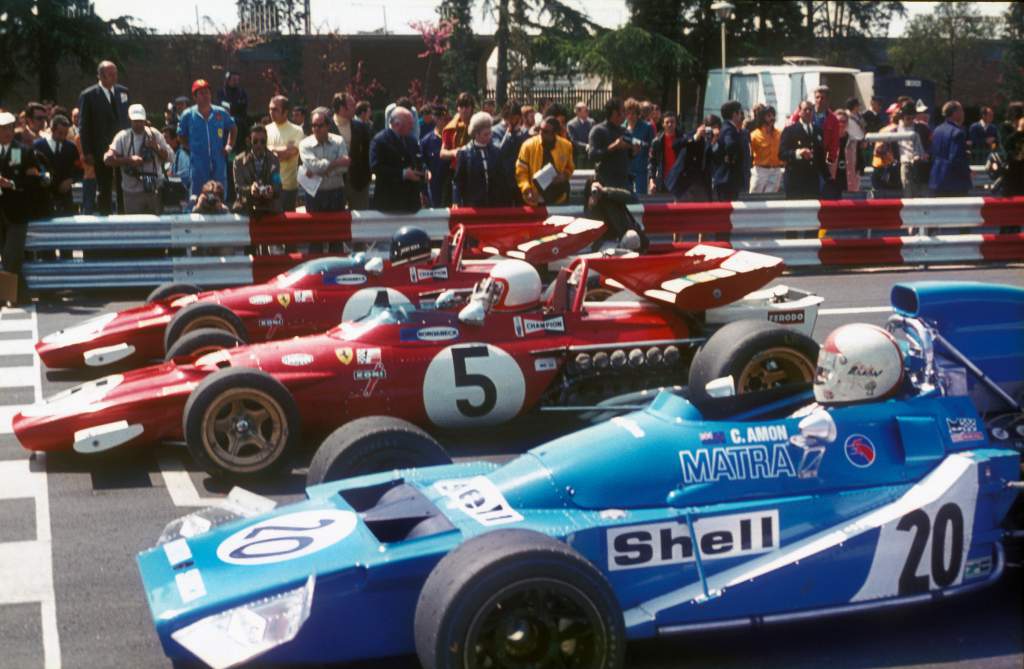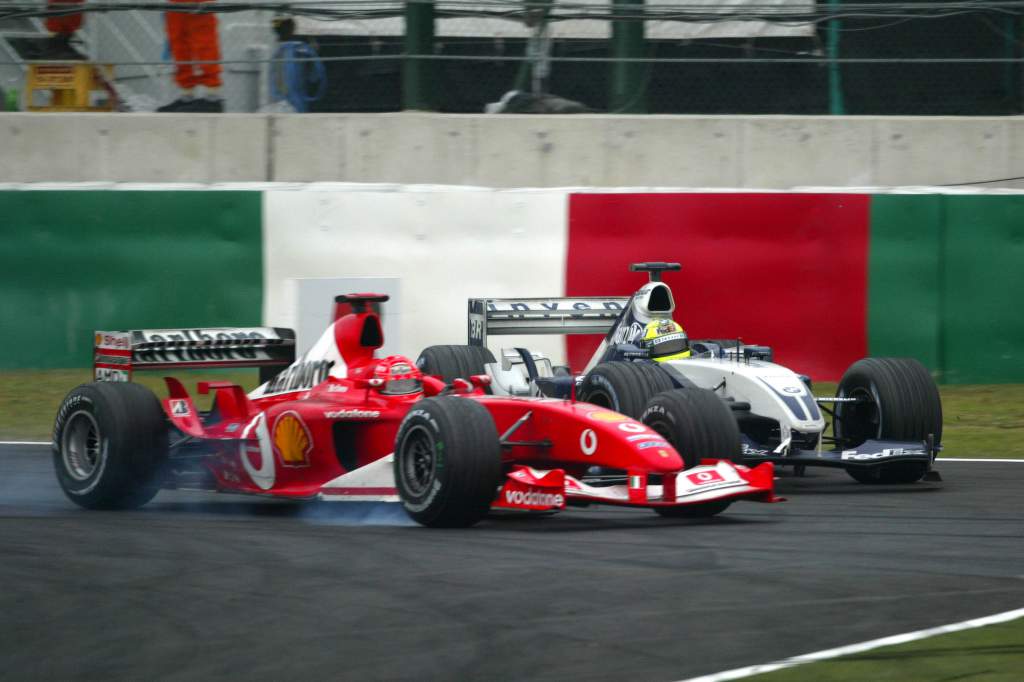Up Next

Formula 1 has had many tyre wars in the past. But those wars have previously been between competing tyre companies.
Today, the tyre war seems to be between Pirelli, the teams and the drivers.
This is all a bit confusing as F1 needs a tyre supplier, so for the users to continually criticise the current supplier is pretty stupid. I don’t see too many other companies champing at the bit to jump in and replace Pirelli.
With another test of the 2021 tyres planned for second Friday practice in Abu Dhabi, with each driver getting a set of C4 compound tyres, there will probably be more complaints even though Pirelli now believes the drivers better understand the objectives of the changes it’s making.
Reading between the lines, the drivers would like tyres that don’t suffer from thermal degradation. They want to push as hard as they want to and would be happy (for now) if the tyre’s performance just fell off the cliff. They have also asked for reducing the overheating problems to be a priority for the new 2022 tyres for the 18-inch wheels.
I will stick my neck out and say that can be achieved by Pirelli and I agree it would produce better racing.
But would we then get to a position where the drivers were complaining about that characteristic? I’m pretty sure we would, and no company wants its product to be continually criticised. In this situation, Pirelli is on a hiding to nothing.
The tyres need to be structurally sound without the pressures having to be increased to limit deformation. The increased pressure reduces deformation on the straights from the aerodynamic loads and under braking. Designing the tyre with an inherently stiffer structure will achieve that, but it will also change how the tyre reacts laterally.
Having very high-downforce cars means that as the cornering loads increase year on year, the tyre structure needs to go in line with it. If the basic structure is improved, it will reduce this lateral deflection better than increased pressures will.
Currently, we can see this lateral deflection when a car comes off a kerb where, basically, the tyre tread moves relative to the rim. In a situation like this, the volume inside the tyre stays the same so the pressures have very little effect on it.

Increasing the pressures reduces the tyre contact patch and gives less rubber on the ground. This, in turn, means less potential grip, so more tyre slip, which generates more tyre temperature, which leads to higher thermal degradation.
It’s a vicious circle that, unless Pirelli is allowed to design itself out of it, will unfortunately continue. As will the criticism of its product.
We don’t need another tyre war in F1 because at this point in time it would simply be far too expensive. But we do need to allow the supplier to make the product it feels is best for the formula and we then need to judge it on that. Every time Pirelli makes a move in any direction, the drivers shoot it down in flames.
Let’s relate Pirelli’s problem to the chassis or engine. As far as both of those are concerned, the initial product at the first race of any season is nothing like what we see at the final race of the season – at least before the engines were frozen in-season as a response to the COVID-19 pandemic
It’s all about continual development to optimise these parts of the car but Pirelli’s hands are tied when it comes to that. It can’t do anything to incrementally move forward.
As for driving flat out over a stint and not worrying about thermal degradation, well that’s like saying a driver should be able to use the maximum power mode all race.
That doesn’t happen because these power units have a limited life that is related to the power output so it has to be managed. It’s exactly the same for the tyres, which have to be managed. In truth, it’s always been that way.

At the 1997 Canadian Grand Prix, Jordan was one of many teams using Goodyears and on Friday we all suffered rear tyre blistering. That evening, I had a meeting with the Goodyear engineers and talked to them about the tyre construction.
In those days they used so-called ‘ply steer’ built into the construction to give the cars directional stability. The rear tyres would be marked with an arrow to indicate the direction you could run them.
I felt this was wrong and that it was generating inner shoulder temperature down the long straights and asked Goodyear to fit a set for each of our cars the other way around.
Reluctantly, Goodyear did. Come Saturday practice, we had no blistering and the other Goodyear-shod cars were still suffering. Between Saturday morning practice and Saturday qualifying, the Goodyear tyre fitting tent was a very busy place.
As another example, in the Bridgestone days at Jordan, one of the tricks we used to do now and again was to do the first qualifying run with four new tyres. The driver would normally have too much understeer, pit at the end of that run and just fit a set of new rears. The fronts were already scrubbed and up to temperature, so worked immediately, but the new rears gave much better traction. This was great for tracks like the Hungaroring.

Slicks were first introduced in 1971, two years before I first got involved in F1, but during all that time tyres have always needed looking after. If it wasn’t blisters, it was graining. If it wasn’t either of those two, it was wear.
There was always something and when on track the driver is the only one who can manage that. Some drivers, like Lewis Hamilton and Sergio Perez, are very good at it, others less so but that’s the way it always has been and always will be.
Since 1971, when slicks were first introduced, we have had quite a few tyre wars when more than one tyre company was involved in F1. If you take those years of tyre competition and look at which tyre companies did the best job against their opposition, you end up with this list.
Wins
Goodyear 221
Bridgestone 71
Michelin 43
Firestone 11
Pirelli 3
Dunlop 0
Avon 0
Yes, all of them have had many more wins, but only when they were sole suppliers so I haven’t taken these into account.
From that, you would say Goodyear was best at coping with competition and the numbers prove that, with Pirelli at the other end of the scale. But through the years, lots has changed in F1 and how the teams would operate with individual tyre companies has changed too.

Look at the Bridgestone/Michelin tyre war in the early 2000s. To do well you needed to be the favoured team and when Bridgestone or Michelin won, that race was not simply dominated by all the teams contracted to that tyre company. Although every team got good tyres, some got better tyres than others.
My proposal would be to design and construct a tyre carcass that would cope with the aerodynamic loads generated at a circuit like Silverstone while running pressures of 20psi front and 18psi rear.
Put a very thin, say 1mm, rock hard compound over the construction to protect it, then the real compound, say two 2mm over that. This top compound thickness should be defined so that it wears out at around 100km, or one-third of a typical race distance.
When that starts to go, the under compound protects the integrity of the tyre but is much slower so you can struggle for a few laps but with a time loss of three-to-five seconds. It would force you to perhaps stop multiple times at every race.
I’m probably making this sound all very easy, but I realise it isn’t. However, unless Pirelli is in a position where its every move is not criticised, we will never get anywhere.






